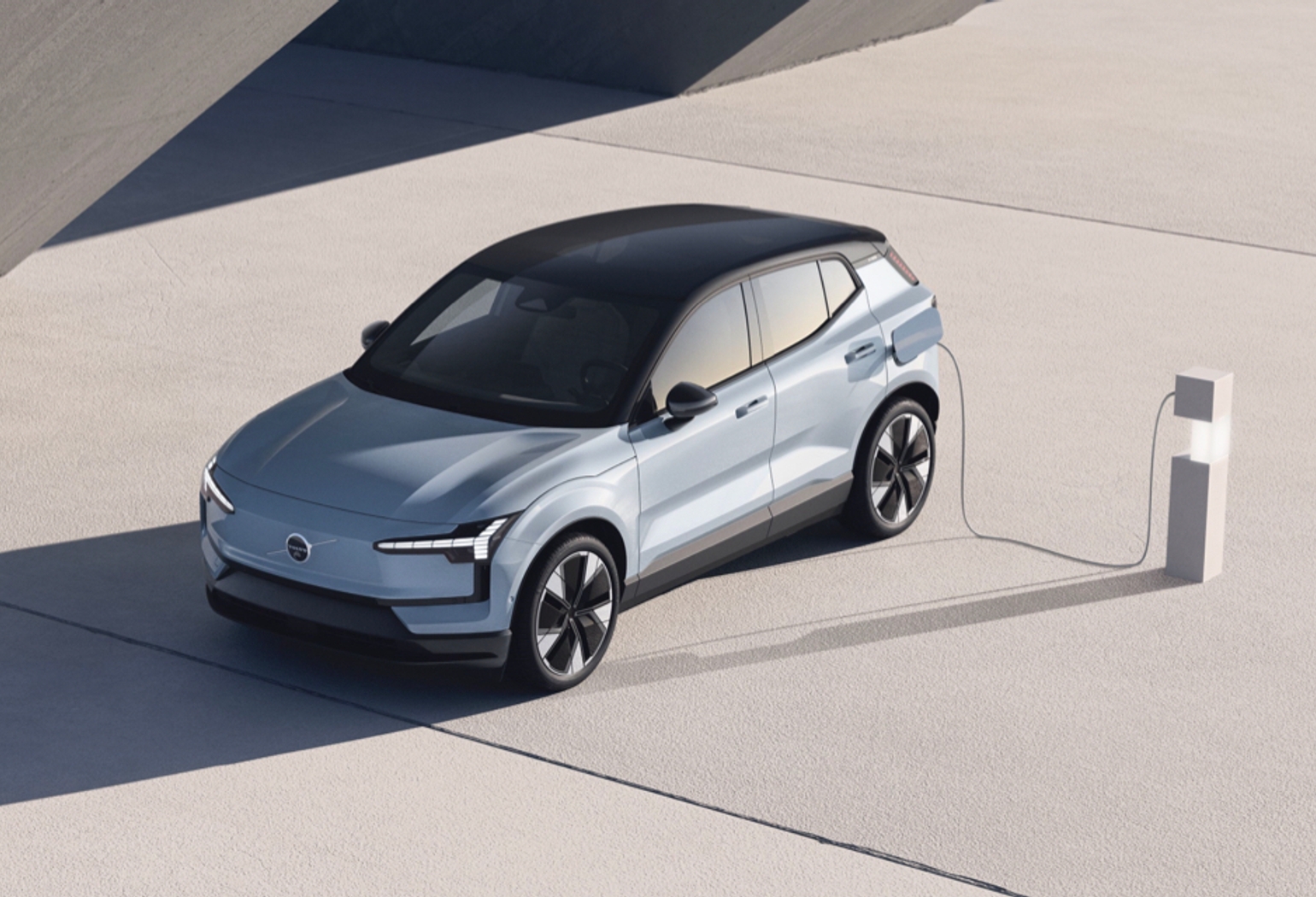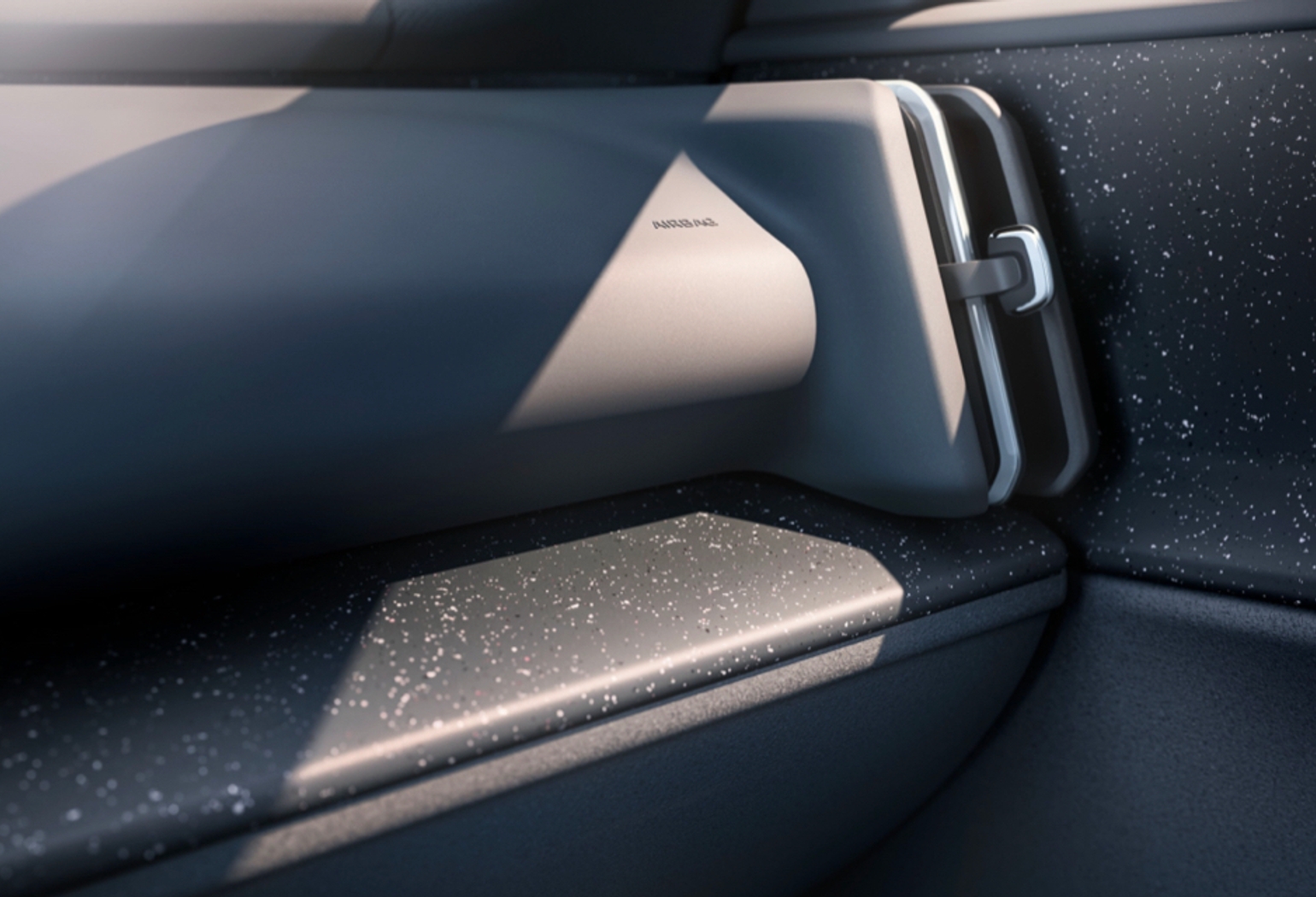Small size is a big deal on the Volvo EX30
Sustainable, yet sporty: acclaim and anticipation are running high for Volvo’s clean-energy compact SUV.
“Less is more” has long been a stock phrase of design elites, but it’s one that the auto media has been clamouring to use in the weeks since Volvo revealed its newest model. The all-electric EX30 may be Volvo’s smallest SUV ever, but its fusion of performance, accessibility and premium styling has confounded reviewers, prompting one to call it “a symphony of excellence.”
Sales of electric vehicles are rising sharply, with the International Energy Agency recently forecasting they will make up one-third of global car sales by 2030. Volvo has pledged to go fully electric by then, and the EX30’s announcement marks its strongest demonstration of intent yet – promising drivers charging, range and comforts well beyond rivals in its class.
While many reports have singled out the EX30’s lively acceleration (the twin-motor version clocks 0-100 in 3.6 seconds), Volvo’s engineers have been keen to deflect praise, pointing to its stopping distance, extraordinary safety technology and sustainable ideas that also help it go faster.
Zero emissions are not the only reason that the EX30 has the smallest carbon footprint of any Volvo. Its smaller size means less material (and less weight), generating savings compounded by parallel efforts to condense and reduce components: a dash-mounted soundbar eliminates speakers while a Google-enabled infotainment console replaces countless knobs and controls.
Recycled and alternative materials also make an important contribution. A quarter of the aluminium used on the EX30 is recycled, as is 17% of its steel and plastic. But it’s in the interior where Volvo’s reductionism feels most tangible, with materials like recycled denim, flax fibre and pine oil composites reinforcing its pared-back Scandinavian styling.
Uncluttered, clean and joyful to drive, the EX30 makes it hard to argue with the idea that less can indeed be more.
Visit Volvo





